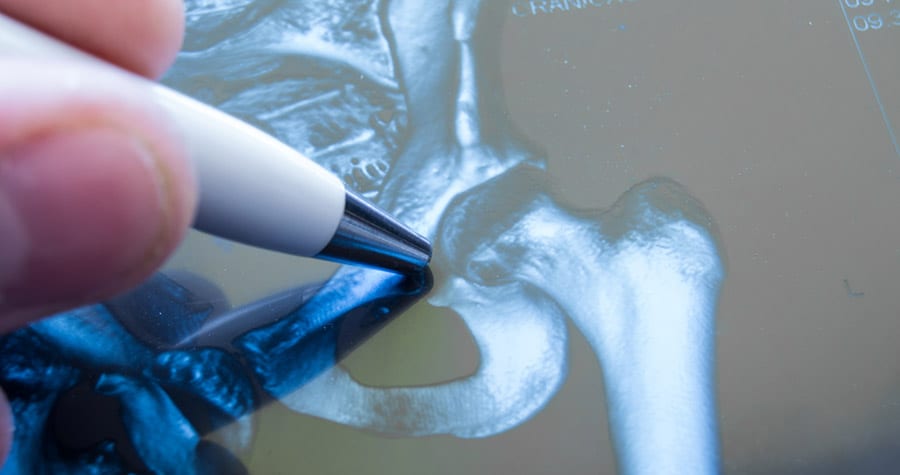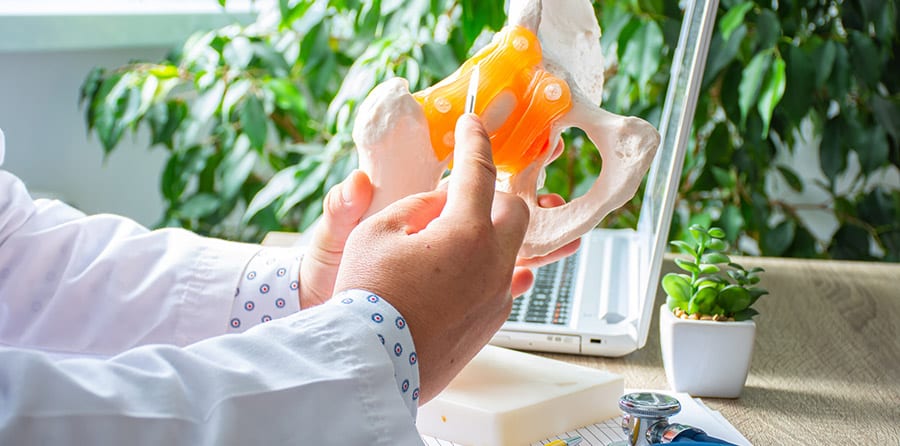
Diagnosis & Treatment of Sprains
Often affecting the lower back, neck, knees, wrists, and ankles, sprains can result from a sharp twist or turn, repetitive motions, or falling with little or no protection from the impact. Defined as a stretch or tear of a strong band of connective tissue called a ligament, a sprain is usually a temporary discomfort. Sometimes requiring medical attention, sprains can result in pain that ranges from intermittent and mild to sharp and severe.
What Causes Sprains?
As with other soft-tissue injuries, sprains can be either acute, develop over time from overuse, or occur when ligaments are already weakened or compromised from an underlying condition. Acute strains are the ones caused by a sudden twist, fall, or other hard impact to a specific area of the body. Overuse sprains result when tissues don’t have enough to naturally heal or recover between occurrences of added stress. The resulting inflammation from a sprain may contribute to conditions such as tendinitis and bursitis.
Types of Sprains
Classified by severity, sprains fall into three basic categories. Grade 1 sprains are mild in nature, often resulting from a slight stretching of tissues that has caused minor damage. Involving a partial tear, grade 2 sprains are moderate and characterized by a loose feeling in the affected joint that’s noticeable with certain movements. Severe sprains are categorized as grade 3, meaning there has been a complete tear resulting in noticeable instability that has affected the adjacent joint.
Diagnosing Sprains
In addition to a review of medical history and thorough examination of the affected area, diagnosis of a sprain usually involves image testing to determine the extent of the damage from the sprained tissue. Such testing may include regular X-rays or stress X-rays and MRI or CT scans.
Treating Sprains
Mild sprains are usually treated with rest, periodic applications of ice, compression with an elastic bandage, or elevation. Moderate sprains may be treated with over-the-counter or prescription NSAIDs or pain medications, immobilization to allow healing, and physical therapy. Severe sprains may require arthroscopic or reconstructive surgery, depending on the extent of the damage.
The risk of suffering a sprain can be minimized by lifting objects by bending your hips and knees, maintaining proper posture as much as possible, getting regular exercise, and incorporating green, leafy vegetables, colorful fruits, lean proteins, and low-fat dairy products into your diet. Sprains may require attention from an orthopedic specialist to determine the extent of soft tissue damage and whether or not nearby bones and joints were affected.







